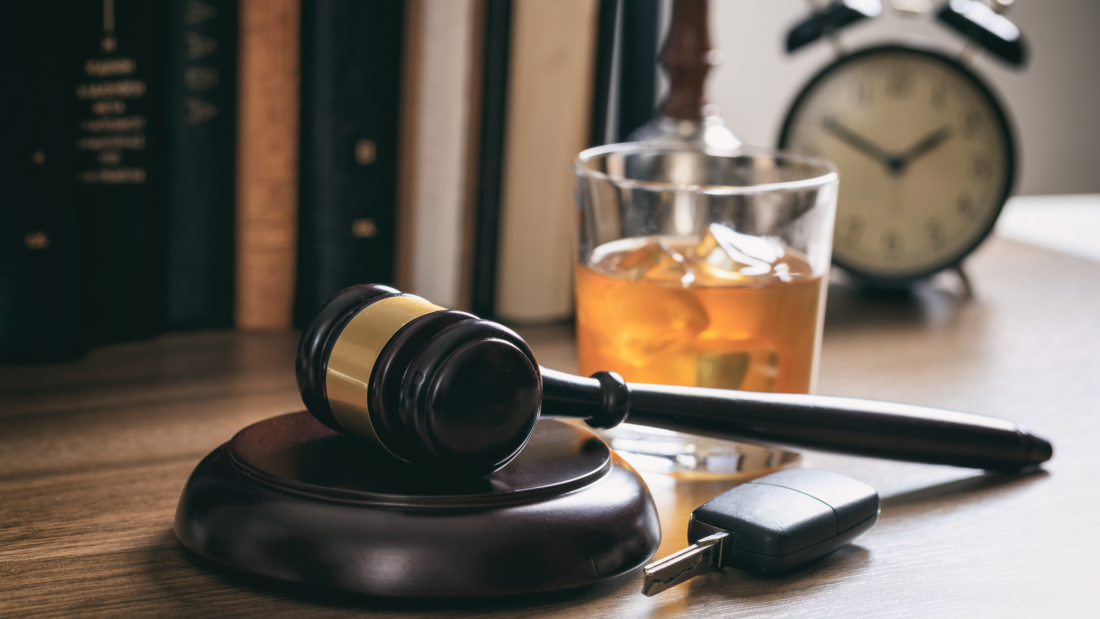There really no excuse when it comes to getting behind the wheel under the influence of drugs and/or alcohol. That’s because intoxicated driving is a conscious decision that drivers make. You make the choice to drink and drive. Furthermore, there is absolutely no legitimate reason that anyone should make that choice. There are so many options and tools at our finger tips when it comes to avoiding inebriated driving; ridesharing services, pre-assigning a designated driver in your group, sleeping it off, etc. Drunk driving is completely avoidable, and that is why the law is so tough when it comes to drinking and driving.
Firstly, let’s establish what it means to drive drunk… and that starts with a little science. The level of intoxication that a person has is measure by their blood alcohol content (BAC), or blood alcohol concentration.. It is measured as mass per volume, which means it determines how many grams of alcohol are present in 100 milliliters of blood. A BAC of .01 means that there are .01 grams of alcohol per 100 grams of an individual’s blood, or .1 grams of alcohol per 1000 grams of blood. In some countries, BAC is measured in grams per liter of blood (g/L). Alcohol can affect how we think, feel, and act. Alcohol impairs psychomotor skills; our ability to maintain balance and to perform and co-ordinate physical tasks. Alcohol is a depressant drug that slows body functions. The amount of alcohol in the blood at any point in time is the alcohol concentration level. The greater the amount of alcohol in the blood; the higher the alcohol concentration level and greater the impairment of driving.
Alcohol can affect how we think, feel, and act. Alcohol impairs psychomotor skills; our ability to maintain balance and to perform and co-ordinate physical tasks. Alcohol is a depressant drug that slows body functions. The amount of alcohol in the blood at any point in time is the alcohol concentration level. The greater the amount of alcohol in the blood the higher the alcohol concentration level and greater the impairment of driving.
Even at alcohol concentration levels of .01 to .03, important body functions and skills can be affected. At an alcohol concentration level of .04 and above, body functions become greatly impaired. Those functions most directly related to driving include coordination and balance, vision, steering, perception, processing of information, attention, and judgment. We know what the effects of certain BAC levels will be on the average individual:
- .01-.02% BAC – your inhibitions are lessened
- .03-.04% BAC – your reaction time slows
It is a crime to drive a vehicle while impaired. When caught driving impaired under the influence of alcohol or any drug, charges can range from misdemeanors to felony offenses.. Consequences for any DWI charge can result in driver’s license revocation, fines, and/or jail time. Even a first-time offender can plan on spending upwards of $10,000 in legal fees and fines. You can be charged with Driving Under the Influence (DUI) if you are found to be driving or in actual physical control of a motor vehicle while under the influence of alcoholic beverages, controlled substances, prescriptions, or over-the-counter medications. At the time of arrest, your license will be administratively suspended if you have a breath or blood alcohol level (BAL) of .08 or above, or refuse to submit to a breath/blood alcohol test.
Did you know that in some states, the consequences for DUI increase in severity for each conviction? Below is a table that shows the differentiation in penalty for each conviction in the state of Florida:
| Conviction |
DUI Penalties |
| First DUI Conviction |
|
| Second DUI Offense/Conviction |
|
| Third DUI Offense/Conviction |
|
In addition to the DUI courses that this table refers to, you may also be required to take a defensive driving course. If you have a traffic offense that requires you to take a driver improvement course, we highly recommend Cheap Easy Fast Online Defensive Driving at Cheapeasyfast.com . The whole course is free to try and is approved by all courts in California. They operate in other states too. Check their site to see if they offer traffic school in your state.
If the legal consequences aren’t enough to deter you from drinking and driving, remember that people’s lives are at stake any time you get behind the wheel of a vehicle. And when you make the decision to drink and drive you are putting even more risk on people’s safety. Remember, you make the choice to drink and drive. And you can make the choice not to. Until next time, keep your eyes on the road!
